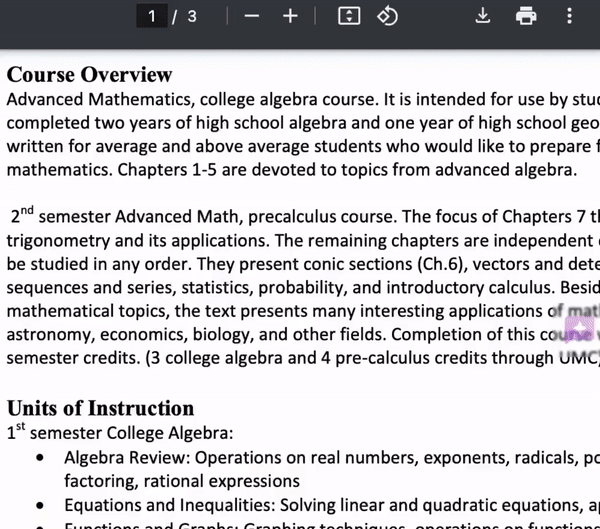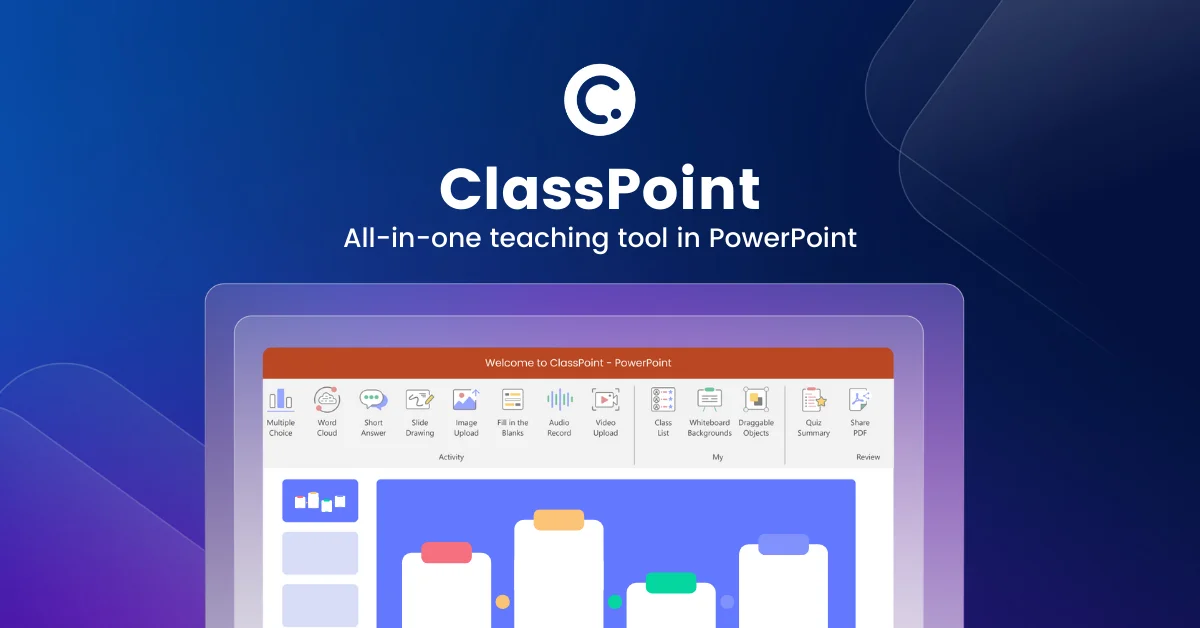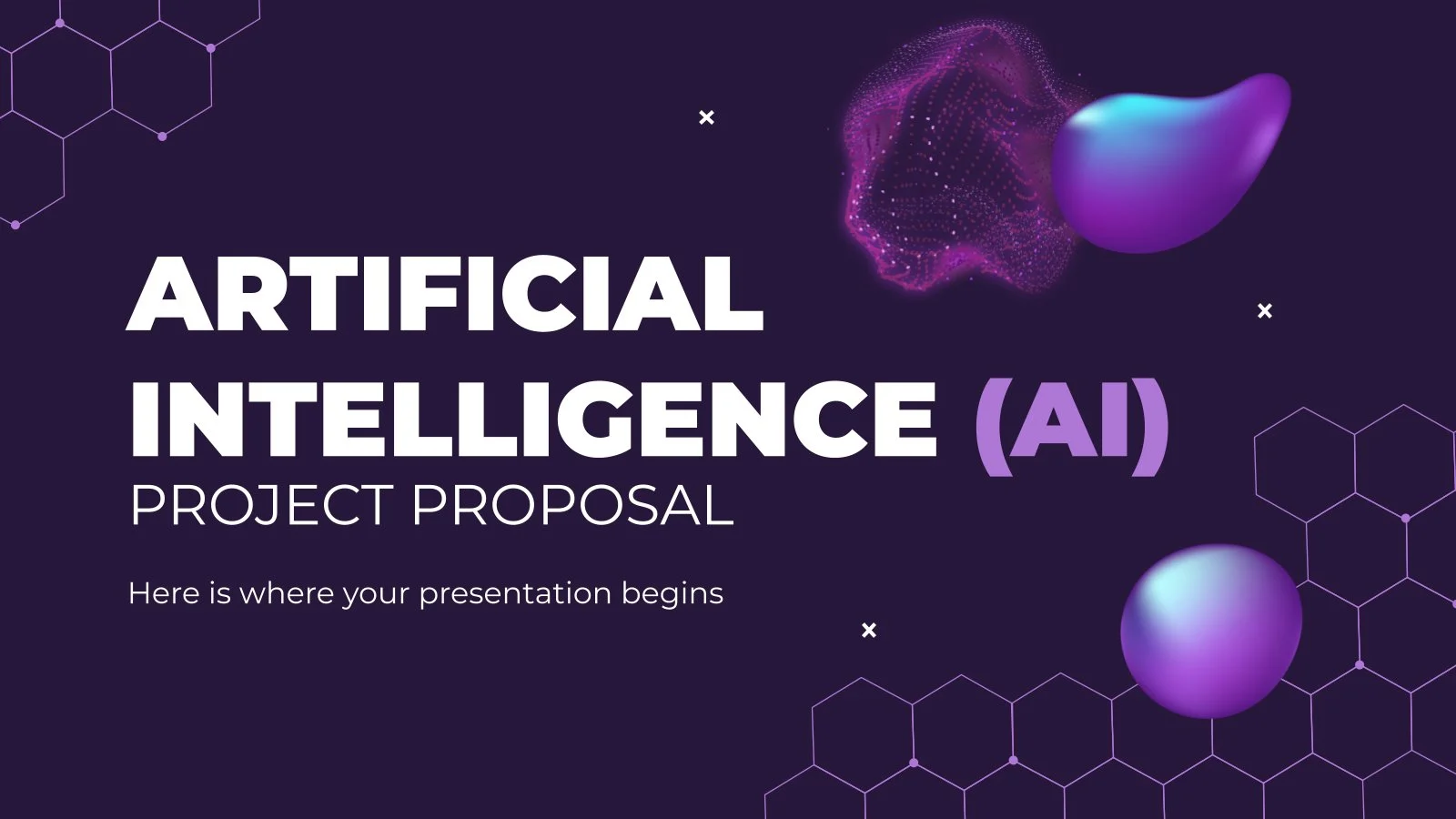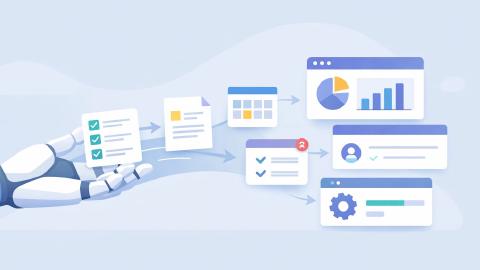5 Key Benefits and Advantages of AI in Education in 2026
Learn about the benefits and advantages of using generative AI in education and in your classroom in 2026.
AI in education is no longer a futuristic idea—it's a tool teachers can use today to enhance their teaching methods and improve learning outcomes.
As classrooms become more tech-driven, educators are exploring how AI can address common challenges, such as time constraints, personalized learning, and student engagement.
Studies show that 60% of teachers say they have integrated AI into their daily teaching methods.
In this article, we'll dive into some benefits & advantages of AI in education, how it’s being used, and what tools and benefits it offers. Let's dive in!
Should AI Be Used in Education?
The question of whether AI should be used in education often arises because of the ethical and practical implications.
AI can help teachers save time by automating repetitive tasks like grading and attendance tracking. It also enables personalized learning, ensuring students receive content tailored to their unique needs.
However, concerns such as data privacy and equity in access need to be addressed.
In 2026, AI in education is not about replacing teachers but complementing their work. By automating administrative tasks and offering smart insights, educators can dedicate more time to interactive and meaningful teaching experiences.
How Can AI Be Used in Education
AI can transform classrooms by optimizing processes and enhancing learning experiences. It can adapt learning materials based on student performance, track progress in real time, and provide instant feedback.
Teachers can use AI tools to develop lesson plans, manage class data, create quizzes, and offer one-on-one support through chatbots or virtual tutors.
Here are a few other examples of how AI can be used in education:
Example: Generative AI in Education
Generative AI tools can create quizzes, study guides, and even lesson plans in minutes. These tools can help educators quickly produce high-quality resources tailored to specific topics or student needs.
For instance, a history teacher could use AI to generate an interactive timeline, while a language teacher could create customized vocabulary quizzes.
Generative AI also aids students in learning complex subjects by presenting information visually or interactively. Tools like AI-powered essay graders provide instant feedback, allowing students to improve their writing skills iteratively.
Example: AI for Teaching
AI supports teaching by offering insights into student performance and classroom trends. Platforms that use AI can identify struggling students early, enabling teachers to intervene promptly. These systems can also recommend strategies or resources based on individual learning styles.
AI-powered virtual tutors are another asset for teachers. These tutors can answer routine questions, allowing educators to focus on more complex student queries.
Additionally, AI can provide teachers with professional development by offering tailored learning paths and skill-building resources.
Example: AI in Medical Education
Medical education has embraced AI to simulate clinical scenarios and improve training. AI tools can create virtual patients that mimic real-world conditions, offering students hands-on experience without the risks.
Platforms like these also provide detailed feedback, helping learners refine their diagnostic and decision-making skills.
For instructors, AI can analyze performance data to identify gaps in students' knowledge. By highlighting these areas, educators can adjust their curriculum to address specific challenges.
Use AI Blaze to automate work & save time.
Benefits & Advantages of AI in Education
AI in education offers numerous benefits that can transform both teaching and learning experiences. By leveraging its capabilities, educators can create more efficient, personalized, and inclusive classrooms.
Here are the benefits and advantages of AI in education:
Personalized Learning - AI adapts materials to fit each student's unique pace and abilities.
Improved Efficiency - Automation of tasks like grading and lesson planning saves teachers time.
Increased Engagement - AI tools make learning more interactive and engaging for students.
Data-Driven Insights - AI analyzes performance data to help teachers identify and address gaps.
Accessibility - AI tools provide support for students with disabilities, ensuring inclusive learning.
By using AI strategically, educators can overcome common challenges and focus more on meaningful interactions with their students. The result is a more effective and engaging educational experience for all.
Pros and Cons of AI in Education
AI in education has the potential to revolutionize classrooms, but it also comes with challenges that educators need to consider.
Understanding both the advantages and disadvantages can help teachers make informed decisions about integrating AI into their teaching practices.
Here are the Pros and Cons of AI in education:
Pros
AI offers numerous benefits that can improve efficiency and enhance learning experiences.
Here are some of the most impactful advantages of using AI in education:
Saves time - Automation of repetitive tasks like grading and attendance tracking frees up time for teachers.
Personalized learning - AI tailors lessons to individual student needs and paces.
Enhanced engagement - Interactive AI tools motivate students and keep them focused.
Actionable insights - AI provides data-driven feedback to help teachers address learning gaps.
Improved accessibility - Tools like text-to-speech and translation make education more inclusive.
Cons
While the benefits of AI are significant, there are also drawbacks that educators should be aware of.
These challenges highlight the importance of intentional and thoughtful implementation of AI in classrooms:
High costs - Implementing AI tools can be expensive for some schools.
Data privacy concerns - AI systems may pose risks of breaches or misuse of student data.
Training needs - Teachers require proper training to use AI tools effectively.
Over-reliance on technology - Excessive dependence on AI may undermine critical human interactions.
Inequality in access - Not all schools or students have equal access to AI resources.
By weighing these pros and cons, educators can better evaluate whether and how to incorporate AI to maximize its benefits while mitigating potential challenges.
AI Tools for Teachers & Educators
AI tools have become valuable resources for educators, helping to streamline their workflows and enhance classroom experiences.
These tools serve various purposes, from simplifying administrative tasks to creating engaging learning materials, making them versatile options for modern teaching.
Here are some AI tools that teachers and educators can use to save time.
1. AI Blaze

First up on our list of the best AI tools for teachers & educators is AI Blaze.
AI Blaze is the ultimate AI assistant that helps you quickly generate worksheets, create lesson plans, grade essays, provide feedback, and much more!
AI Blaze can help you grade assignments, provide detailed feedback, and even generate materials for your classes!
Features
Generate worksheets & lesson plans with AI - Generate high quality worksheets and detailed lesson plans using AI.
Grade & check essays & assignments - Use AI to provide feedback and grade/check essays, papers, and assignments.
Instantly use GPT-4 on any site with keyboard shortcuts and a dynamic AI sidebar assistant!
AI Blaze is free! - Forget about annoying licenses or subscriptions.
Use AI Blaze to automate work & save time.
2. Magic School AI

Magic School AI focuses on automating classroom-related tasks, including lesson planning, grading, and resource creation.
It offers tools designed specifically for K-12 educators, helping them save time and create customized learning materials.
Teachers can use this Magic School AI to design activities that cater to their students’ needs, making it a helpful choice for improving classroom management.
3. Classpoint AI

ClassPoint AI enhances traditional presentations by incorporating interactive elements powered by AI.
Teachers can use it to engage students through live quizzes, polls, and annotations during lectures.
This tool is particularly useful for educators who want to make their lessons more dynamic and interactive, fostering greater student participation. By transforming static presentations into interactive experiences, it supports active learning.
4. Eduaide AI

Eduaide AI is designed to help educators with content creation for assignments, quizzes, and classroom activities.
It allows teachers to generate customized materials based on specific topics or learning objectives.
Some tools like Eduaide AI also provide options for differentiating content, enabling educators to address the varying needs of their students. This can save time and ensure that materials are tailored to the classroom’s unique requirements.
Use AI Blaze to automate work & save time.
5. Slidesgo

Slidesgo uses AI to assist teachers in designing professional, visually appealing presentations for lessons.
It provides a library of templates that can be customized for various educational topics. Educators can use Slidesgo to create engaging visuals that simplify complex information and capture students’ attention.
This makes it a practical option for improving the quality and clarity of classroom presentations.
AI in Education Statistics
The adoption of AI in education is rapidly growing, with both teachers and students incorporating AI tools into their daily routines.
These statistics provide insight into how AI is being used in classrooms and the perceptions surrounding its impact.
60% of teachers say they have integrated AI into their daily teaching methods. Pew research
32% of teachers believe there is about an equal mix of benefit and harm from using AI tools. Pew research
86% of students already use AI in their studies. Campus Technology
54% of students report using AI on at least a weekly basis. Campus Technology
66% of students say ChatGPT is the most commonly used AI tool for their studies. Campus Technology
59% of students believe universities should increase the use of AI in teaching and learning. Campus Technology
47% of elementary school teachers say they aren’t sure about the impact of AI tools in K-12 education. Pew research
69% of teens think it’s acceptable to use AI to research new topics. Pew research
These figures highlight the growing reliance on AI in education and the mixed perceptions about its role, particularly among educators and younger students.
As AI continues to evolve, it will be essential to balance its benefits with thoughtful implementation.
Use AI For Good in Education
AI is reshaping education by empowering teachers and enhancing learning experiences.
While challenges like cost and data privacy remain, the benefits of AI—such as personalized learning, efficiency, and accessibility—make it a valuable tool for educators.
By integrating AI tools thoughtfully, teachers can focus on what truly matters: inspiring and guiding their students.
Use AI Blaze to save time, generate study guides, and give feedback using AI for free!




